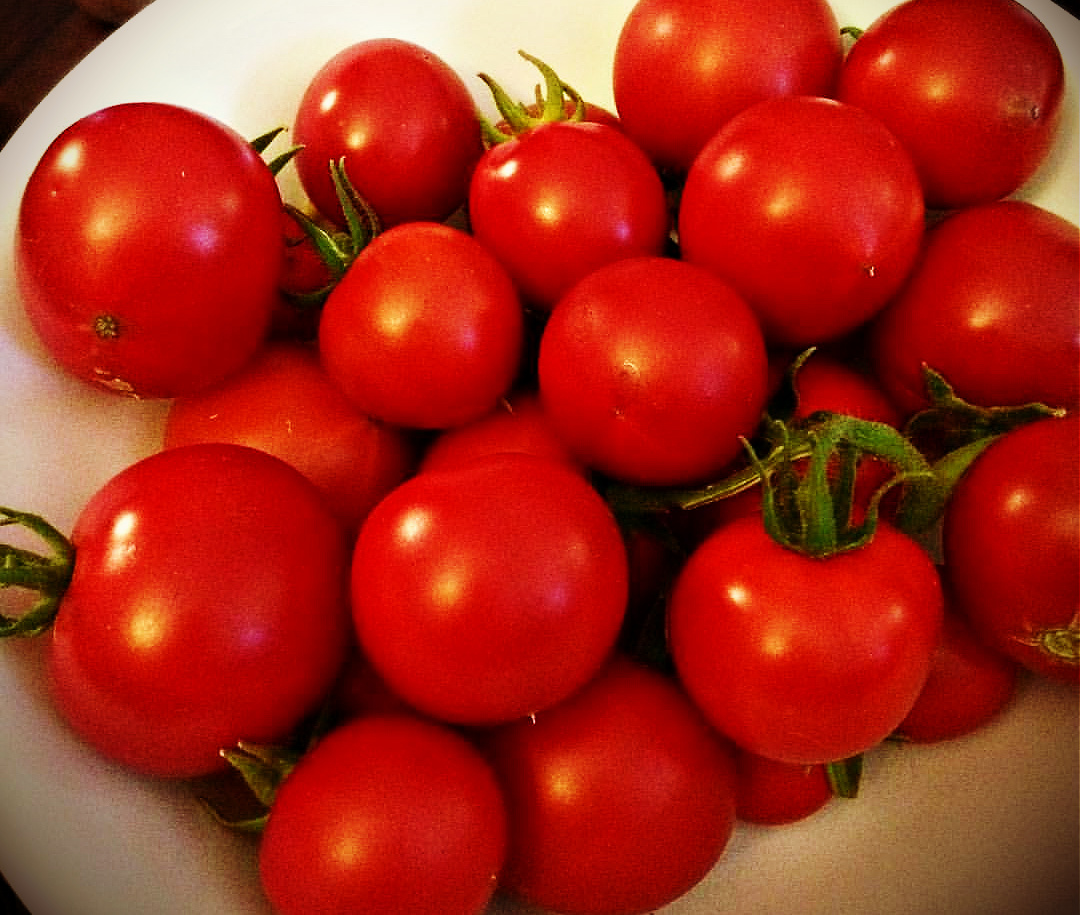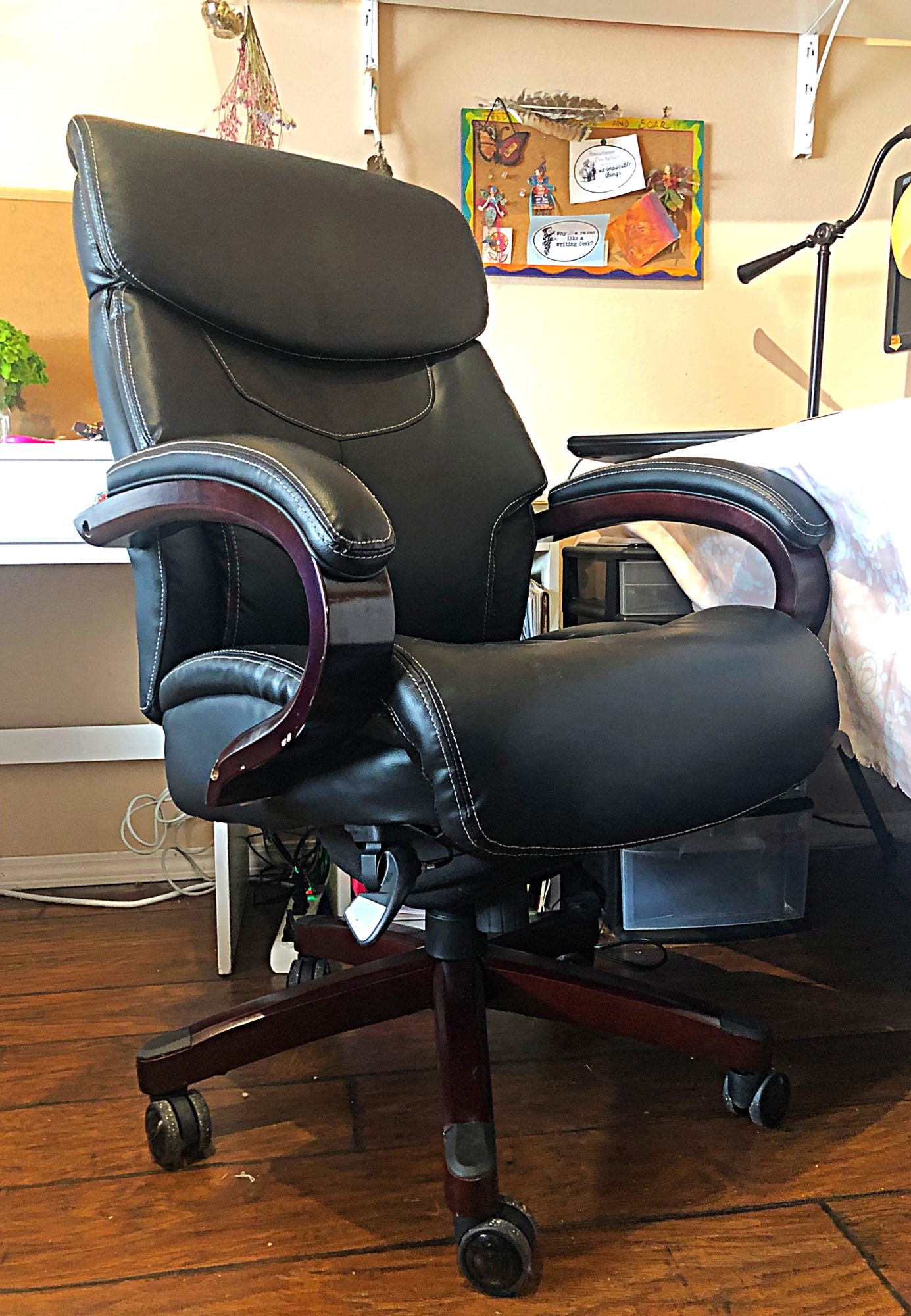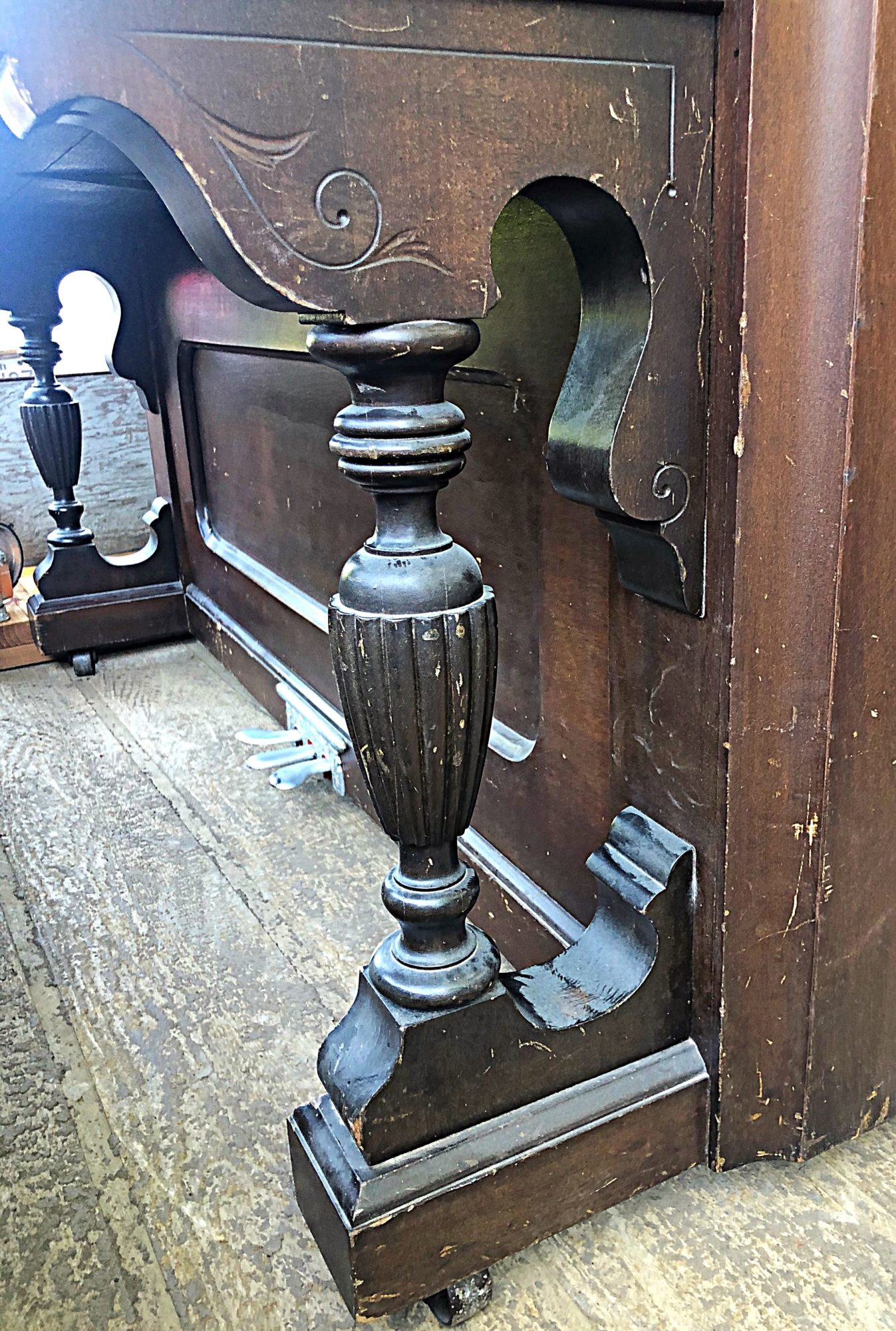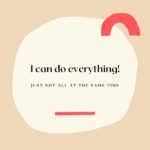
I love working in timed bursts. Working with a timer focuses me and keeps me going. I also love knowing I have a finite amount of time until I'm finished (even if the whole project isn't finished). I think working in timed bursts is a really effective way to get things done even if, or maybe especially if, (like me) you're highly distractible and unfocused.
I first started using a timer to do creative work when I read about it in Writing Down the Bones by Natalie Goldberg. She recommends different amounts of time (or alternately writing for a certain number of pages) depending on circumstances, and this has worked amazingly well for me ever since I started doing it way back in the late 80s.
At some point, though, I heard about The Pomodoro Technique, and I was pulled in by the promise of productivity and focus. It was so simple, too. Get a timer. Pick a task. Work for 25 minutes then take a break. Every four sessions, take a longer break. I was going to do all the things!
Turns out it didn't quite work that way for me. For some tasks (okay, a lot of tasks), 25 minutes was too long for me. I couldn't hold my focus for that long. I couldn't maintain momentum for that long. Most of the time I couldn't even do one Pomodoro let alone get to that longer break after four of them.
I still liked the idea of it, though, so I experimented. I tried out different intervals. I even tried out some longer ones (every once in a while I can do a 30 minute writing sprint if I've warmed up with some shorter sprints). I tried really short ones (even two minutes--you can do a lot in two minutes!). I found that my best interval is 10 minutes with a 3-5 minute break in between (and a longer break after a few sessions).
How can you use a timer to get more stuff done? Experiment!
Things to try or to keep in mind:
- Have a specific task in mind before you start (even if you're doing writing sprints, having at least a vague idea of what you're working on helps you focus).
- Make sure you have everything set up (including your timer) before you start.
- Try a variety of time intervals (including changing the length of breaks).
- Try working with music, in silence, with ambient sounds (there are apps for that!), and in various locations to see if any of them make it easier to work.
- Unless you absolutely hate working in a particular length of time you try, give each interval a few tries before deciding if it works for you or not.
- Do not skip breaks! (The one exception is if you're really on a roll with a creative project and you just want to keep writing, painting, sculpting, whatever because you're in a good spot and know where you're going next. Give yourself permission to follow the Muse.)
- Have a plan for what you'll do for your breaks. Try playing with your dog or cat, checking in on the other people in your house if you don't live alone, refilling your water bottle, checking social media (but only if you're sure you can stop after the allotted break time), anything that lets you relax a little and reset.
- When it's your longer break, get up and do something. Get yourself a reward (cup of tea or coffee, take a dance or stretch break, do something that gets you up and away from your work spot.
That's it. Get a timer (if you have a smartphone or tablet you already have one) and see what you can do!






